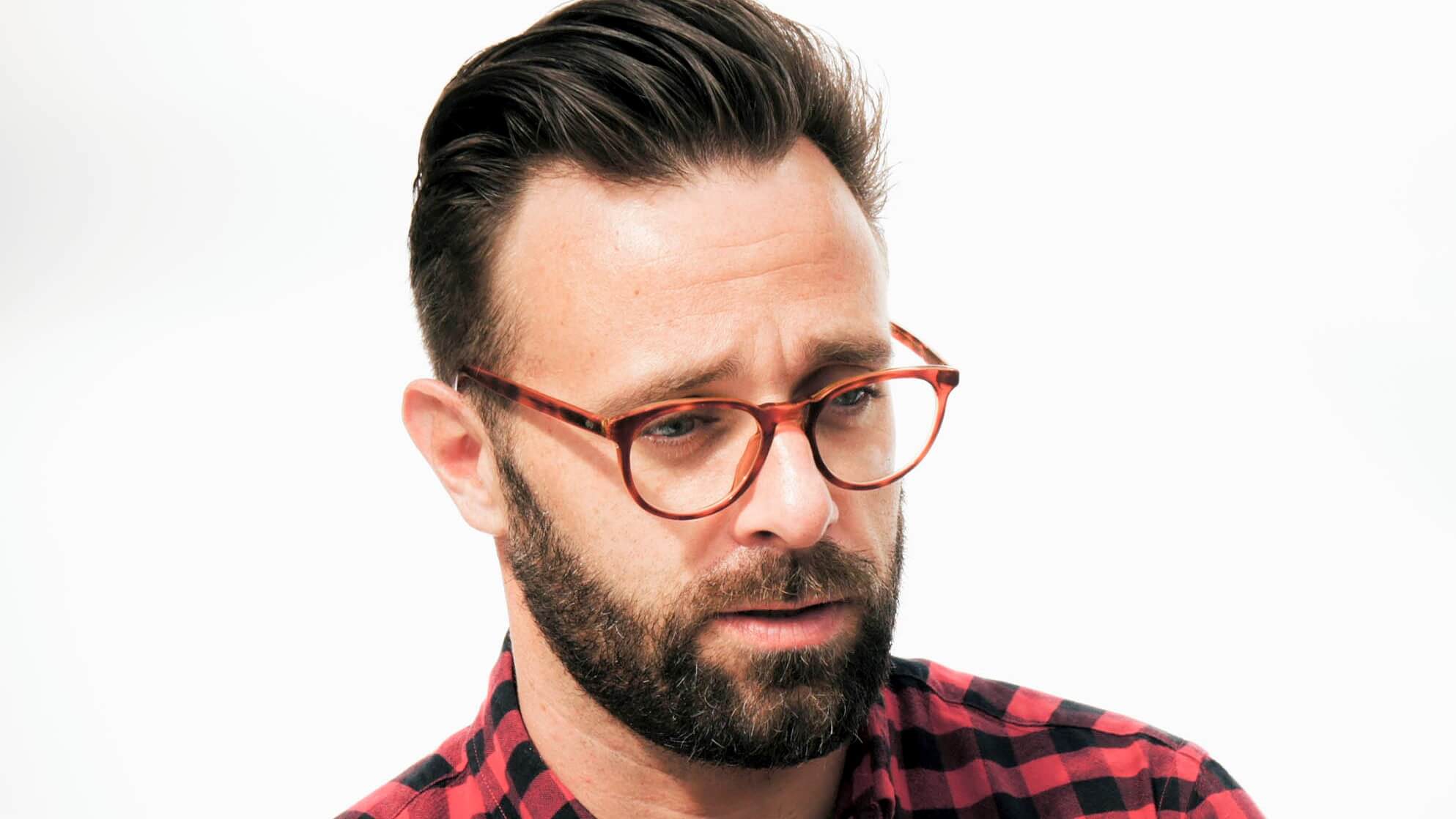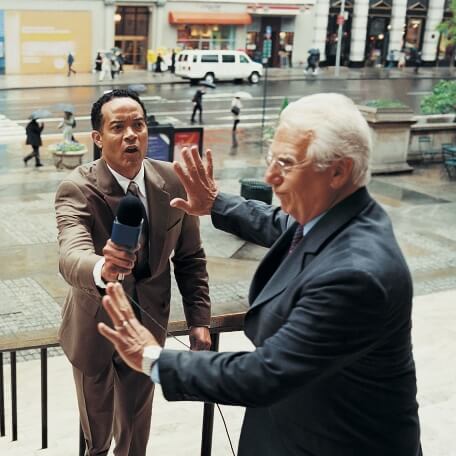Can Great Design Be Sustainable?
How one design firm is working within environmental constraints to produce better products.

Andy Capper, founding partner and creative director of Echo Brand Design, explains how businesses can strike a balance between attractive, cutting-edge design and green credentials.
Describe your approach.
Our mantra for sustainable design is called WinWinWin.
Today, we have all the technologies available to us to halt climate change and create closed loop, fully recyclable and sustainable products.
The challenge, however, is one of commerce (cost of goods, price point, mass distribution and manufacture) and ingrained purchase choices. Designing to be more sustainable is easy. Designing to be more sustainable at a specific price point is a far bigger challenge.
In order to score a win for the planet, we need a win for the consumer. They must want to choose your more sustainable brand and product over other choices.
Brands must therefore offer something more desirable than a less sustainable alternative. And there needs to be a win for that brand in order to invest in the first place – whether that’s characterised by a positive image, increased sales or improved margin.
Unless all brand owners embrace this symbiotic relationship between themselves, the consumer and the planet, then we will not achieve mass-adoption. The key is to weave the sustainability story through the branding. Look at the success of English Tea Shop, the sustainable tea company based in Sri Lanka.
The brand has rivalled the major tea players with its strong ‘farm-to-cup’ story, told through its visual identity and packaging design. Inspired by the flavourful organic ingredients, vibrant colour palette and symbolism of Sri Lanka.
But while the quality and performance of the product and packaging is vital, English Tea Shop tell a story of the people behind the brand – the farmers, producers and technicians.
The hard-working people behind brands offer an amazing opportunity to connect consumers emotionally on issues of ethics and the environment and bring those dry facts and figures of production to life. these stories are fundamentally human and are essential to creating a connection.
In what ways has sustainability impacted on your designs?
Every component is now questioned. Is it necessary – can we design it out? Where did this material come from to make it? How much energy will be used in its creation? What happens to it at the point of disposal?
But the biggest change that thinking and designing sustainably has brought is that the sole focus can no longer be just the creation of the product itself.
It has required a stepping back and questioning of the whole supply chain – parts of which (such as ‘after life disposal’) would, until recently, not have been on the average designer’s radar. It has meant becoming fluent in a far broader set of areas and disciplines.
While collaborative working has always been part of a designer’s vocabulary, creating more sustainable products needs further-integrated multi-disciplinary teams. And that means baking sustainability into the design process from the beginning, not trying to shoe-horn it in at the end.
How important is it that services like yours retain the ‘desirability factor’?
Having to make a choice between either desirability or sustainability fundamentally misses the point, So, it’s paramount that products retain their allure.
Consumers increasingly choose more sustainable products, and some are prepared to pay a premium for them, but it’s been proved time and again that we’re not prepared to compromise looks and performance.
To positively benefit the planet, we need the majority to make sustainable choices. It’s the responsibility of brands and creatives from fashion to automotive design, from industrial design to architecture to drive adoption by making the desirable sustainable.
Is it possible to strike a balance between eye-catching and low impact?
It can be tough to strike a balance between eye-catching and low impact. This is where new brands and innovations have a distinct advantage over long established brands.
A new brand can bake sustainability into its heart and build both its purpose and products to support a sustainable lifestyle. They’re also able to build their manufacturing and supply chain from the ground up, utilising the latest materials and technologies, creating a compelling and seamless story.
We’re seeing that it’s much more difficult for heritage brands to simply bolt sustainability on, and the result can often feel forced or fake.
Quite often, it's a single lighthouse product rather than the main product range. It’s critical that these brands succeed at sustainability: they’re bought in their millions so this is where we can see the most sustainable benefits.
Do you think consumers have to compromise to reduce carbon emissions?
From not using plastic carrier bags and recycling, to carrying a refillable water bottle, there’s plenty we should all be doing already to minimise our environmental footprint that has zero impact on our day-to-day lives. But, what’s next?
It's naïve to think most consumers are going to go without and make life-altering changes to reduce their carbon emissions (unless forced to by legislation).
We know from research that attempting to balance our families, careers, finances and everything else life throws at us, green behaviour can often be one of the first things put on a back burner.
In addition, we all covet ‘stuff’ that makes us feel good. We like new things. We desire convenience and ease of use. In short, consumerism.
So, as designers we must work from inside the system. We need to champion new manufacturing technologies and next generation materials. We need to create products from renewable resources that at the end of life can easily be separated and recycled.
We need to adopt a closed loop stance that doesn’t lose resources to land fill or incineration, and we need to embrace new approaches to supply chains to make every choice a better and more sustainable one.
Do you see scope for better more impactful innovations in future?
‘Necessity is the mother of invention’, so says the proverb. And never as a species has it been more necessary that we innovate.
As large brand owners finally get their sustainable initiatives into gear, it has created an openness to briefing designers.
While previously we were tasked with creating new versions of existing products within established frameworks, there’s now a willingness to re-examine decades-old processes, materials, supply chain and manufacturing.
In these new, uncharted waters, we’re now as responsible for helping to create that brief as we are the solutions that meet it.
It also means we have the room to re-examine assumptions about consumer behaviour and challenge what will be adopted or rejected in a specific category.
Who’d have predicted even 10 years ago that consumers would accept a durable/reusable deodorant system (as Unilever has created to fit Loop) or a willingness to bring their own containers to a packaging-less aisle, as Waitrose recently trialled.
Thanks for signing up to Minutehack alerts.
Brilliant editorials heading your way soon.
Okay, Thanks!